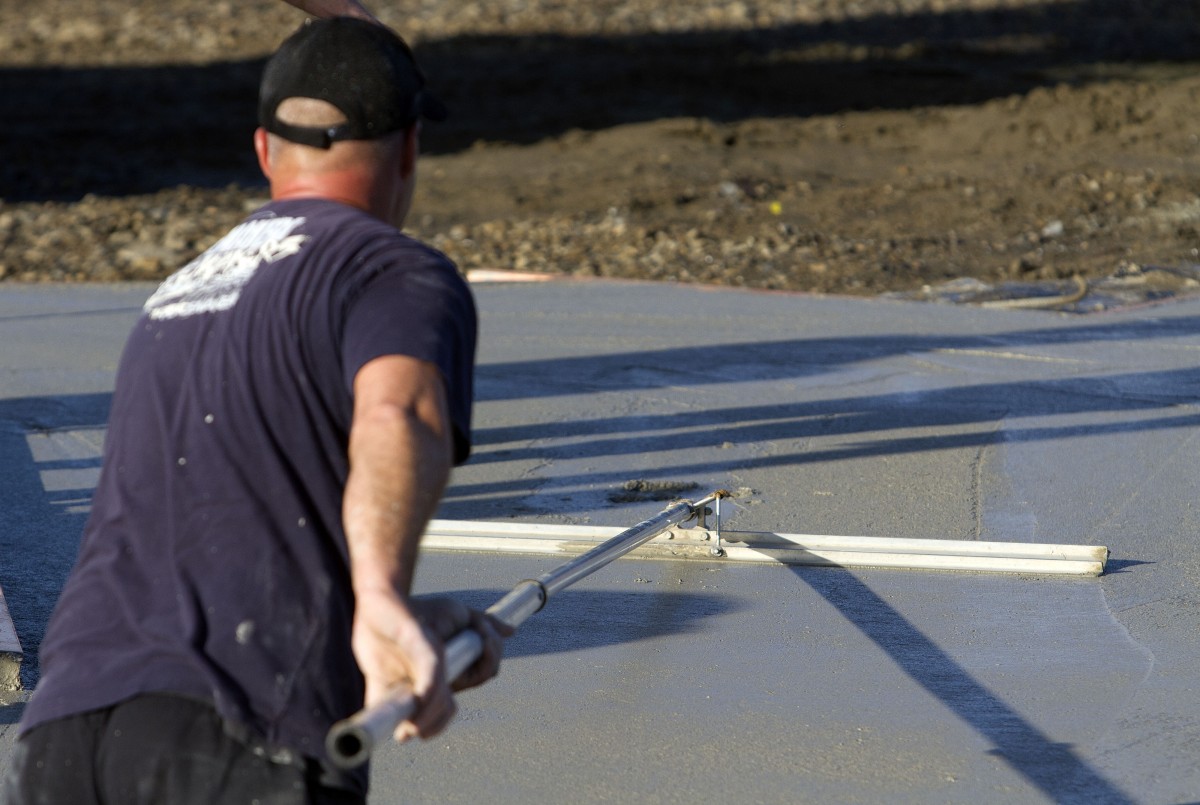KEEPING UP THE BUILDING CODE
13 Mar 2020, LBP & Regulation, Learn, Prove Your Know How

The Building Code is required to evolve over time to meet the needs of New Zealanders. To achieve this, the Ministry of Business, Innovation and Employment (MBIE) is holding biannual consultations and Building Code reviews
In New Zealand, building work must meet mandatory requirements. These are laid out in the Building Act 2004 and its supporting regulations – the Building Code.
The New Zealand Building Code is performance-based as opposed to prescriptive. A performance-based Building Code provides choice and flexibility in demonstrating compliance.
Options for demonstrating compliance
There are various compliance pathways that may be used to demonstrate that building work meets the minimum performance requirements set by the Building Code.
Compliance pathways that must be accepted as complying with the Building Code include:
- Acceptable Solutions – simple stepby-step instructions that describe specific solutions for complying with the Building Code.
- Verification Methods – test or calculation methods for complying with the Building Code.
The Building Code, Acceptable Solutions and Verification Methods documents require updating regularly to remain current with sector innovations and best practice.
Consulting on change
MBIE consults on the Building Code twice a year – every February/ March and August/September. The consultation runs for six weeks and stakeholders are invited to make submissions through the MBIE website on a range of issues raised for discussion.
After the consultation closes and all submissions are analysed, Acceptable Solutions and Verification Methods are updated and published in June and November each year.
The purpose of these biannual updates is to ensure effective administration of the Building Code documents. MBIE is committed to updating these documents twice a year, so that the Building Code keeps pace with innovation, current construction methods and the needs of modern society. It also provides clarity, certainty and consistency to the building and construction sector.
The first biannual update changes were published in November 2018, followed by a second set in June 2019. The most recent round was published in November 2019.
Latest changes
The November 2019 changes are to:
- Support safer and more resilient foundations for buildings on liquefaction-prone ground.
- Improve consenting efficiency for steel-framed housing by introducing a new steel frame Acceptable Solution.
The change to foundation requirements on liquefaction-prone ground is already in place in the Canterbury region and will now be extended to all of New Zealand. This will provide clarity to both councils and engineers,
ensuring new buildings are being built safely and strongly enough to withstand liquefaction risks.
MBIE is also making the National Association of Steel Framed Housing (NASH) standard an Acceptable Solution rather than an Alternative Solution. This will help support higher density housing by increasing the number of construction material options available in compliance pathways.
More information
For more information you can check out the updated Acceptable Solutions and Verification Methods on the Building Performance website. If you would like to receive email updates on changes to the Building Code and when consultations are open, information is available here.
This article is an excerpt from Codewords Issue 94. Reading Codewords articles that are relevant to your licence class is a mandatory requirement for Licensed Building Practitioners. These questions can be answered through the LBP portal, online at underconstruction.placemakers.co.nz or recorded on the magazine, then provided at the time of renewal.
Register to earn LBP Points Sign in
3 Comments
Leave a Reply
You must be logged in to post a comment.




Done
Done
step by step, follow a build schedule